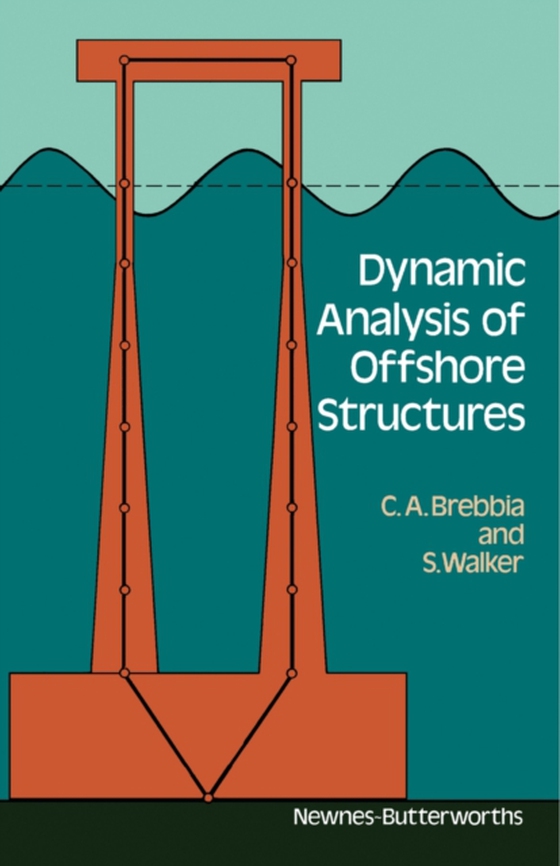
Dynamic Analysis of Offshore Structures e-bog
473,39 DKK
(inkl. moms 591,74 DKK)
Dynamic Analysis of Offshore Structures appraises offshore structures, particularly the major sources of uncertainty in the design process. The book explains the fundamentals of probabilistic processes, the theory or analysis of sea states, and the random-vibration approach to structural response. The text describes the hydrodynamics of water waves, wave forecasting, and the statistical paramet...
E-bog
473,39 DKK
Forlag
Newnes
Udgivet
22 oktober 2013
Længde
334 sider
Genrer
TGMF2
Sprog
English
Format
pdf
Beskyttelse
LCP
ISBN
9781483163284
Dynamic Analysis of Offshore Structures appraises offshore structures, particularly the major sources of uncertainty in the design process. The book explains the fundamentals of probabilistic processes, the theory or analysis of sea states, and the random-vibration approach to structural response. The text describes the hydrodynamics of water waves, wave forecasting, and the statistical parameters associated with sea-states. The investigator can use Morison's equation to calculate the impact of wave forces acting on slender members such as on lattice-type structures. Or he can employ the diffraction theory to calculate wave forces acting on large-diameter bodies such as concrete gravity-type structures. Other environmental forces he should be concerned with are the effects of currents and winds. The book examines the theory of vibration (including the spectral approach), the theory of vibration on multi-degree-of-freedom structures, matrix analysis of structural response, problems of fatigue, and soil-structure interaction. The book notes the importance of the method of analysis used, with emphasis on the following: dynamic analysis, frequency domain, and linearization of drag. Two types of analysis follow linearization of drag: deterministic analysis (applied in a series of design waves which uses the long-term exceedance diagram for fatigue); or probabilistic analysis (used to study the behavior of the structure during the extreme design storm and its long term behavior for a range of sea states). The book can prove useful for structural, civil, or maritime engineers, as well as for students in one-year courses in offshore structure analysis at the postgraduate or final-year undergraduate level.
 Dansk
Dansk

